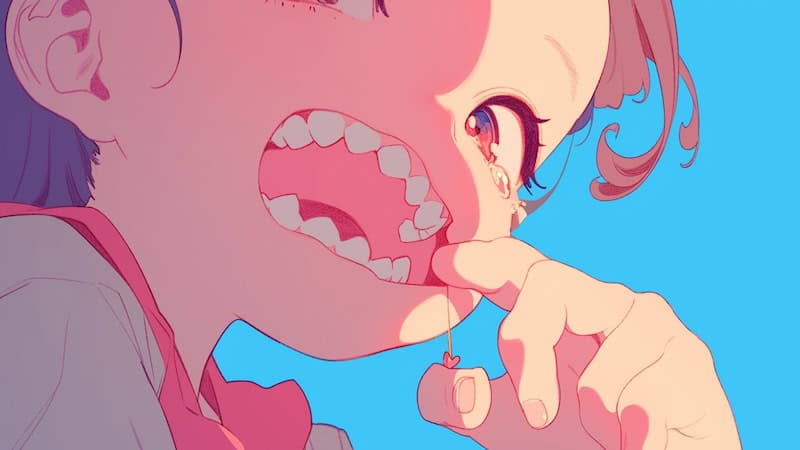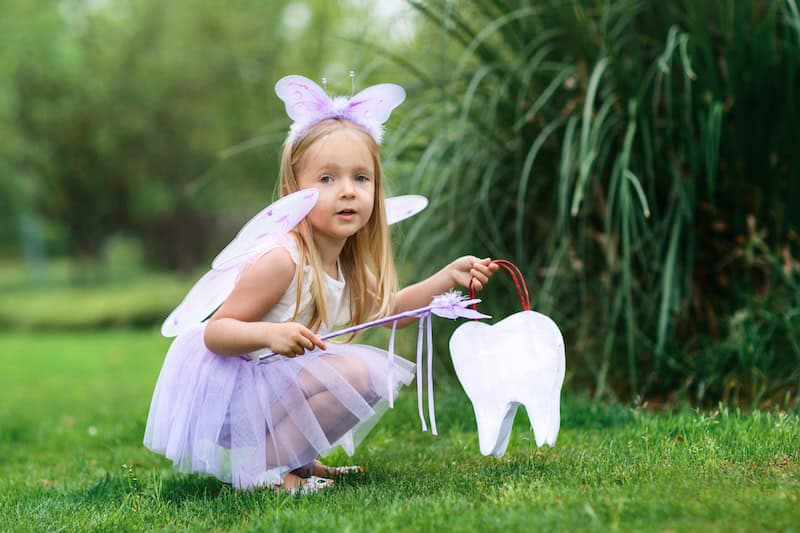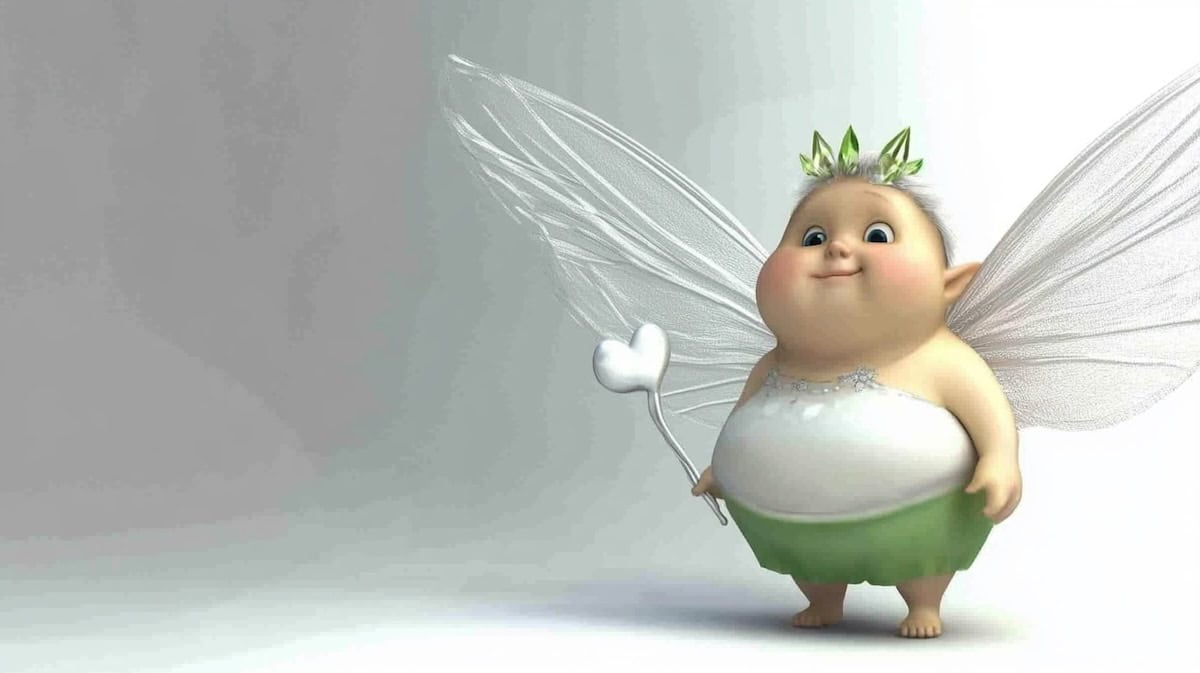As a parent, you’ve faced the baby tooth dilemma. What do you do when those tiny pearly whites, your baby’s teeth, start falling out? Do you keep them as mementos, toss them in the bin or find a creative way to preserve the memory? This common conundrum has many parents stumped, unsure what to do. Let’s look at your options and help you decide for your family.
Baby Teeth

Before we get into what to do with baby teeth, let’s look at some facts. The excitement of a child’s first tooth is often celebrated with various traditions, such as the tooth fairy’s visit. Children have 20 baby teeth which start falling out around age 6. This process continues until around age 12, when most kids have all their permanent teeth.
Interestingly dental health in children has been on the rise. A 2009 study found 40% of children under 6 years old had early childhood caries. More recent data shows 7 year olds had 47.6% caries in 2003 and 50.6% in 2022. But there is good news: 12 year olds had 25% caries on permanent teeth in 2022, down from over 33% in 2007.
These stats show how important good dental habits are from the start. As you decide what to do with those fallen baby teeth, remember they can be a powerful reminder of dental health for your children.
Traditional Options
Many parents go for the traditional approach when it comes to baby teeth. Here are the most common:
Keeping teeth in keepsake boxes: This sentimental approach allows you to store your child’s baby teeth in a special box. A physical way to hold onto a piece of your child’s early years.
The tooth fairy tradition: This popular custom involves children placing their teeth under their pillow for the tooth fairy to exchange for money. It adds a bit of magic to the loss of teeth.
Tossing teeth: Some parents just throw them away, they see them as no longer needed once they’ve fallen out.
Creative Options

If you want to go beyond the traditional, try these:
Adding teeth to family keepsakes: Some parents turn baby teeth into jewellery or art. A charm bracelet or a framed piece of art with the teeth.
Educational purposes: Baby teeth can be a great teaching tool for children about dental anatomy. You could create a mini-science project comparing baby teeth to adult teeth.
Cultural practices: Some cultures have specific traditions for baby teeth. For example, in some parts of the world you throw teeth onto the roof for good luck.
Practicalities
As you decide what to do with baby teeth, remember these practicalities:
Storage: If you choose to keep the teeth, consider where you’ll store them. A small airtight container will prevent them from deteriorating.
Hygiene and preservation: Clean the teeth before storing them to prevent bacterial growth.
Linking tooth keepsakes to dental health awareness: Use the teeth as a conversation starter about oral health. Especially since we’ve seen the dental health stats above.
Deciding
When deciding what to do with your child’s baby teeth, consider:
Sentimental value: How important is it for you to have physical mementoes of your child’s growth?
Space: Do you have space to store keepsakes long term?
Your child’s preferences: Involve your child in the decision. They may have strong feelings about what happens to their teeth.
Educational value: Could keeping the teeth serve as an educational tool for your child or future siblings?
Cultural or family customs: Are there any cultural or family traditions you want to honour?
Remember, there’s no one right answer. What works for one family won’t work for another. It’s all about finding what works for you and your child.
Sentimental vs Practical
It’s natural to feel sentimental about your child’s baby teeth but it’s also important to be practical. If you choose to keep the teeth, have a plan for what you’ll do with them long term. Will you pass them on to your child when they’re older? Use them for a special project? Or just keep them as a personal keepsake?
If you don’t want to keep the physical teeth, consider alternative ways to preserve the memory. Take photos of your child’s smile at different stages or create a scrapbook of each lost tooth.
Let Children Be Part of the Decision

Don’t forget to involve your child in this decision. They may have some great ideas of their own about what to do with their teeth. It’s also a great way to teach decision making skills and respect for their body.
There’s No One Right Answer
The baby teeth dilemma has no one right solution. What matters most is what works for your family. Whether you keep, toss or get creative with your child’s baby teeth, use this as an opportunity to create positive memories and reinforce good oral health.
Remember those dental health stats we mentioned? They’re a reminder to start oral health early. Whatever you do with the physical teeth, use this milestone to reinforce the importance of a healthy smile.
In the end, it’s not what you do with the teeth that matters but the memories and lessons that come with this childhood milestone. So go with what works for your family and celebrate each wiggly tooth and gap-toothed grin along the way!








